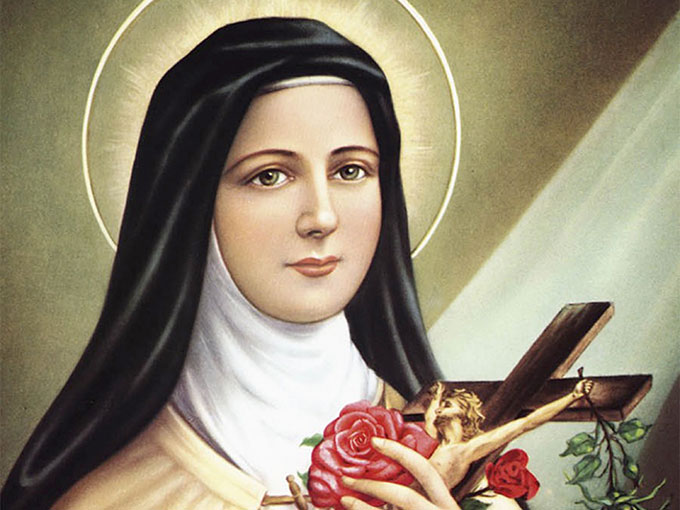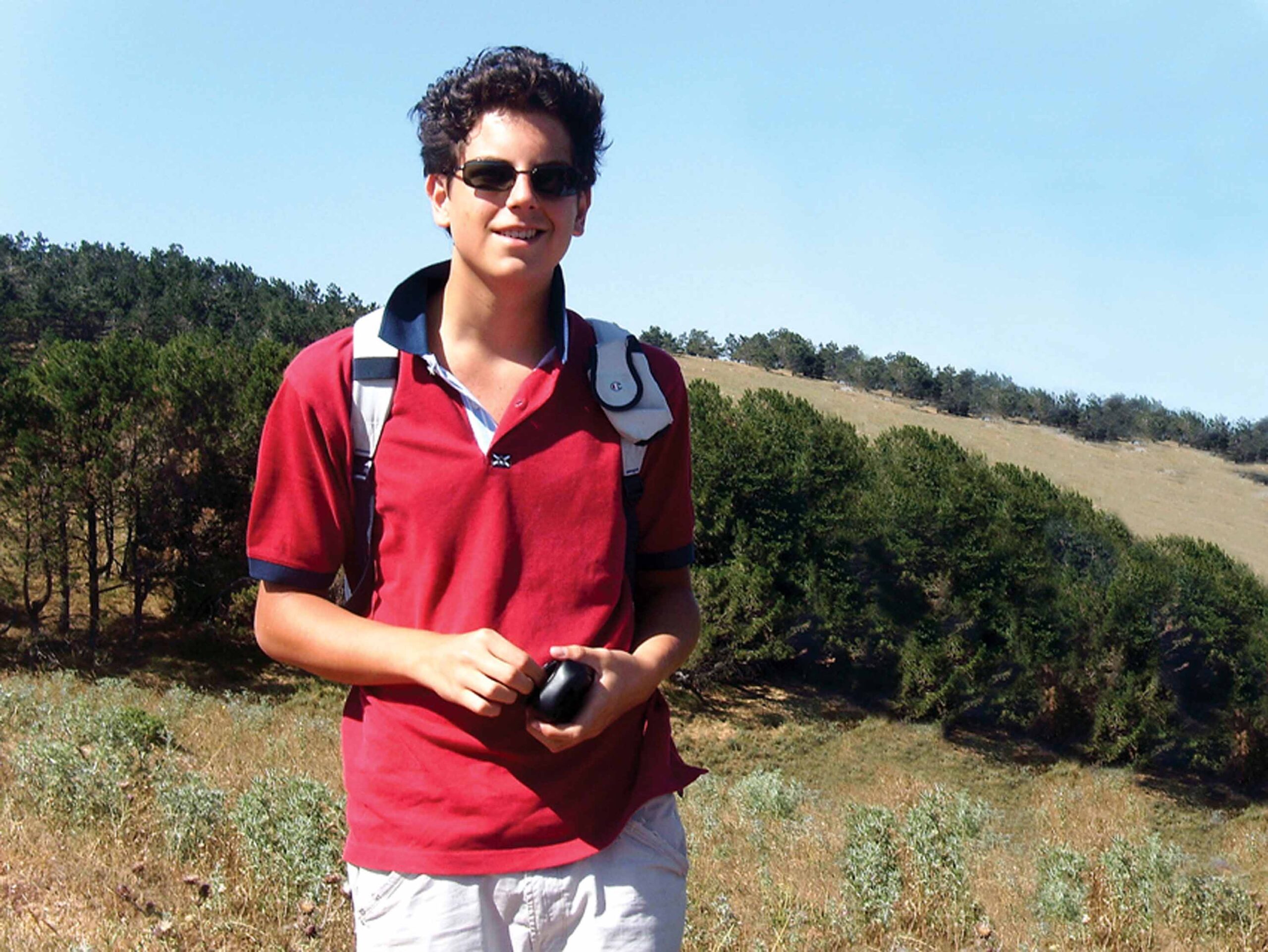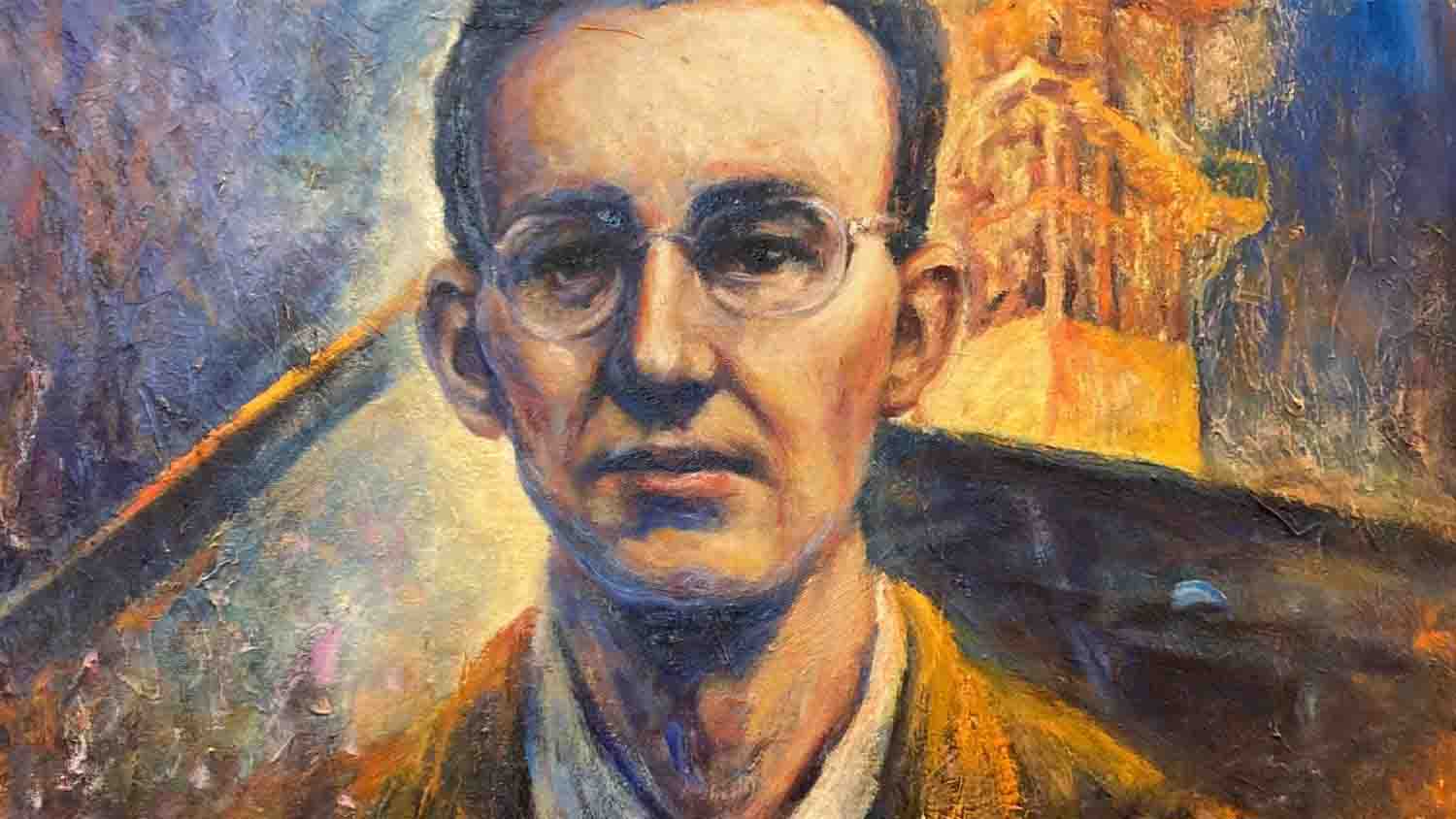Thumbing through the pages, however, it is evident in the text – a relatively short text, 91 pages composed of 58 paragraphs – that the dominant hand is that of the German pontiff. And not just because the encyclical on faith concludes the triptych on the theological virtues starting with Deus Caritas Est on charity and followed by Spe Salvi on hope. The layout of the text, the frequent references to philosophers and live debates in the German culture of the ’60s, the insistence on some issues, and even the comparison between faith and Gothic cathedrals, where “the light comes from the sky through the windows where it represents the sacred history,” all testify that Pope Francis has decided to respect and accept the work of his predecessor.
Francis explicitly expresses in paragraph 7 of the Encyclical: “These considerations on faith – in continuity with all that the Church’s magisterium has pronounced on this theological virtue – are meant to supplement what Benedict XVI had written in his encyclical letters on charity and hope. He himself had almost completed the first draft of an encyclical on faith. For this, I am deeply grateful to him and, as his brother in Christ, I have taken up his fine work and added a few contributions of my own.”
The title of the Encyclical, Lumen Fidei (The Light of Faith) summarizes the fundamental dynamic which moves in line with the text: the tradition of the Church has always associated faith being the light that dispels the darkness and illuminates the path. “In modernity, that light might have been considered sufficient for societies of old, but was felt to be of no use for new times, for a humanity that has come of age, proud of its rationality and anxious to explore the future in novel ways. Faith thus appeared to some as an illusory light, preventing mankind from boldly setting out in quest of knowledge.”
The text cites Nietzsche, one of the constant reference points – even if negative – of Ratzinger’s thought, for which “belief would be incompatible with seeking. But in recent decades,” he adds, “it was discovered that the light of autonomous reason is not enough to illumine the future. As a result, humanity renounced the search for a great light, Truth itself, in order to be content with smaller lights which illumine the fleeting moment. For this, in today’s world, “there is an urgent need, then, to see once again that faith is a light,” discovering that only the light that comes from believing in God is “capable of illuminating every aspect of human existence.”
The road to the discovery of this bright character of faith happens naturally with the encounter with Christ and by His love. “Transformed by this love, we gain fresh vision, new eyes to see; we realize that it contains a great promise of fulfillment and that a vision of the future opens up before us.”
After the introduction, the Encyclical, in four chapters, traces the history of the Christian faith, of the call of Abraham and the people of Israel until the resurrection of Jesus and the dissemination of the Church, the relationship between faith and reason, the Church’s role in conveying faith in history and, finally, that faith works in the building of a society that seeks the common good. Lumen Fidei concludes with a prayer to the Madonna, a model of faith.
The two Popes remind us that “Faith opens the way before us and accompanies our steps through time.” To understand what faith is, we need to follow the route it has taken, the path trodden by believers, as witnessed first in the Old Testament.” Faith sinks its roots in the past but, at the same time, “memoria future,” remembers the future, and for this it is “thus closely bound up with hope.”
In terms of media interest, Michael J. O’Loughlin, a contributor to America, makes a brief synthesis, quoting the well-known author and editor-at-large of the Jesuit magazine, James Martin: ‘“There is probably little that will be deemed ‘newsworthy’ in Lumen Fidei, save perhaps the strong linkage between faith and ‘justice, law and peace’ which reflects Francis’ emphasis on the poor.’










